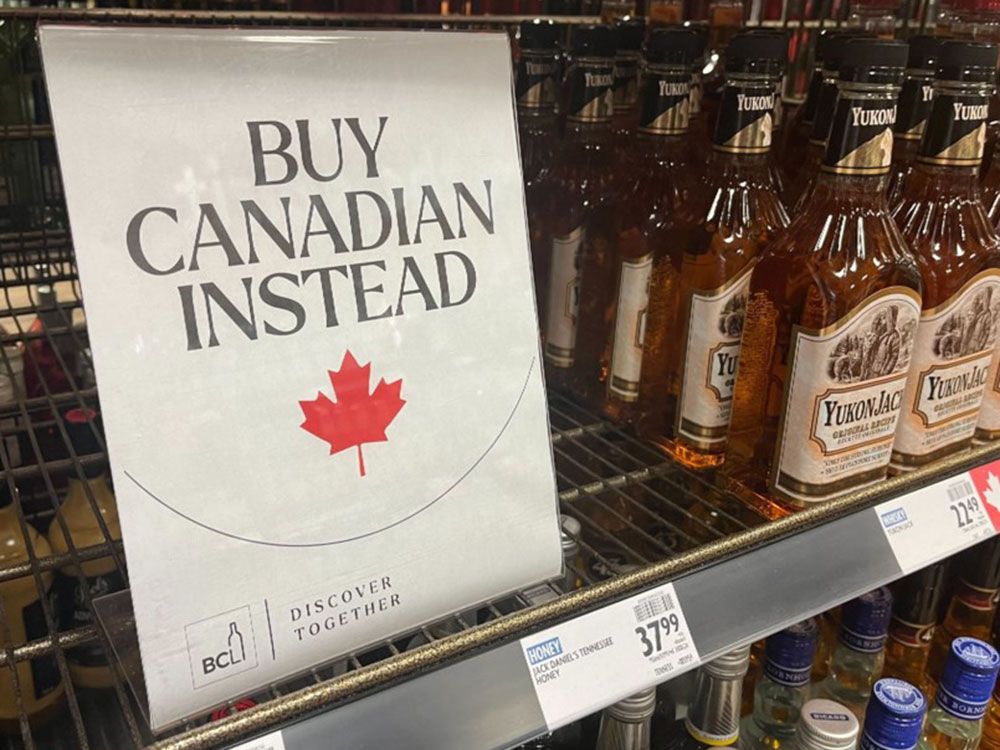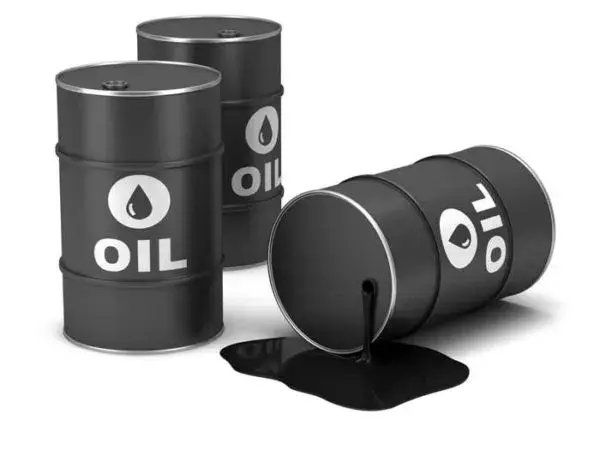Patriotism comes with a cost, say economists You can save this article by registering for free here . Or sign-in if you have an account. Subscribe now to read the latest news in your city and across Canada.
Subscribe now to read the latest news in your city and across Canada. Create an account or sign in to continue with your reading experience. Create an account or sign in to continue with your reading experience.

Sign In or Create an Account Buy Canadian is sweeping the nation, but patriotism comes with a cost, say economists. In an “elbows up” defiance of U.S.
President Donald Trump’s talk of making Canada the 51st state and his tariff onslaught, many Canadians have been shunning American goods for domestic alternatives. “The Buy Canadian movement is deepening, and recent years have taught us that behavioural forces matter in the economy,” said Robert Kavcic, a senior economist at BMO Capital Markets. Retailers are helping by labelling Canadian products, and there has also been “an almost pandemic-like proliferation of tools to help consumers keep money in the country,” he said.
Breaking business news, incisive views, must-reads and market signals. Weekdays by 9 a.m.
By signing up you consent to receive the above newsletter from Postmedia Network Inc. A welcome email is on its way. If you don't see it, please check your junk folder.
The next issue of Posthaste will soon be in your inbox. We encountered an issue signing you up. Please try again Interested in more newsletters? Browse here.
BMO estimates that the Buy Canadian movement could add about $10 billion a year to the Canadian economy , boosting growth by 0.3 percentage points. “While that’s meaningful, there are also costs — buying Canadian can be impractical in some cases, and can come with less selection at higher prices,” he said.
It’s difficult for Canadians to avoid imports. Thirty-five per cent of household consumer goods are dependent on either direct imports or indirect, in which imported goods are used to make the final product in Canada, he said. The biggest imports are autos, household products and consumer electronics.
“Avoiding imports altogether is almost impossible, and doing so partially could come at a higher price,” said Kavcic. Canadians will find the best deals in grocery stores, where some Canadian products are cheaper, but selection is limited. It’s when shopping for clothes, personal items like shampoo and deodorant or household and sporting goods that Buy Canadian can get really expensive.
“The availability of close substitutes is arguably the biggest challenge and, if found, Canadians could have to pay up,” he said. A recent survey suggests that they are willing to do that. Dalhousie University’s Agri-Food Analytics Lab found that more than 60 per cent of Canadians were open to paying 5 to 10 per cent more for Canadian-grown produce, dairy or meat over American alternatives.
Almost 50 per cent said they thought Canadian food is superior in quality and safety. “These numbers signal a clear patriotic tilt in Canadian grocery aisles,” said Lab director Dr. Sylvain Charlebois.
“With nearly two-thirds of Canadians willing to spend more for homegrown food, the ‘Buy Canadian’ movement is not just symbolic — it’s a consumer-driven strategy in the face of geopolitical risk.” According to Bloomberg, the Buy Canadian movement is extending to investments as well. Last week marked the biggest inflow to exchange-traded funds focused on Canadian equities in four years.
The surge came after Trump’s announcement of reciprocal tariffs on “Liberation Day.” “There are many clients that are saying, ‘I want to sell all my U.S.
positions’ because they don’t like what’s going on and they don’t want to be associated with it,” Philip Petursson, chief investment strategist at Winnipeg, Manitoba-based IG Wealth Management, told Bloomberg. “We’re advising against that, but clients are starting to see the opportunities elsewhere around the world, and it’s not that the U.S.
is the only game in town.” Governments are also getting in on the act, and they are big buyers. Kavcic points out that according to OECD data, government procurement spending accounted for more than 13 per cent of Canada’s gross domestic product , slightly above the OECD average.
Ontario, for example, has started a Building Ontario Business Initiative that aims to direct $3 billion in contracts a year to provincial businesses, he said — and other provinces are following suit. Any shift could be costly and governments are already big domestic buyers. “But the raw amount of dollars spent here still points to a modestly positive economic impact should governments push this policy — and we assume they will,” said Kavcic.
Sign up here to get Posthaste delivered straight to your inbox. More evidence that Canadians are shunning travel to the United States in today’s chart from BMO Capital Markets. In March, there were 13.
5 per cent fewer Canadians returning from the U.S. by air than the year before, and with airline bookings to the U.
S. down over 70 per cent this fall, the numbers will likely get worse, said BMO senior economist Erik Johnson. “However, the activity at the land border is flashing an even deeper reluctance to travel to America,” said Johnson.
The number of Canadians returning by vehicle fell almost 32 per cent in March. For the seven-day moving average the number was down nearly 42 per cent, compared with down 17 per cent at the end of February before tariffs took effect. Why everyone is worried about the bond market — especially Donald Trump Leaders pitch financial incentives to boost the skilled trades ‘Buy or bury’: What you need to know about the trial that could break up Mark Zuckerberg’s empire Elections always have pocketbook implications, but rarely is the future trajectory of the country’s economy at stake, too.
We want to help you cut through the uncertainty. Join us on April 16 at noon ET for a live Q&A chat with Ted Rechtshaffen, president and portfolio manager at TriDelta Private Wealth, and Jason Heath, certified financial planner at Objective Financial Partners Inc. Ted and Jason will answer your questions about what the candidates’ proposals and the trade war will mean for your personal finances, from your mortgage to your RRSPs and beyond.
Register here. McLister on mortgages Want to learn more about mortgages? Mortgage strategist Robert McLister’s Financial Post column can help navigate the complex sector, from the latest trends to financing opportunities you won’t want to miss. Plus check his mortgage rate page for Canada’s lowest national mortgage rates, updated daily.
Financial Post on YouTube Visit the Financial Post’s YouTube channel for interviews with Canada’s leading experts in business, economics, housing, the energy sector and more. Today’s Posthaste was written by Pamela Heaven with additional reporting from Financial Post staff, The Canadian Press and Bloomberg. Have a story idea, pitch, embargoed report, or a suggestion for this newsletter? Email us at posthaste@postmedia.
com . Bookmark our website and support our journalism: Don’t miss the business news you need to know — add financialpost.com to your bookmarks and sign up for our newsletters here Postmedia is committed to maintaining a lively but civil forum for discussion.
Please keep comments relevant and respectful. Comments may take up to an hour to appear on the site. You will receive an email if there is a reply to your comment, an update to a thread you follow or if a user you follow comments.
Visit our Community Guidelines for more information..
Business

Posthaste: Want to Buy Canadian? Here's what it will cost you

Patriotism comes with a cost, say economists














